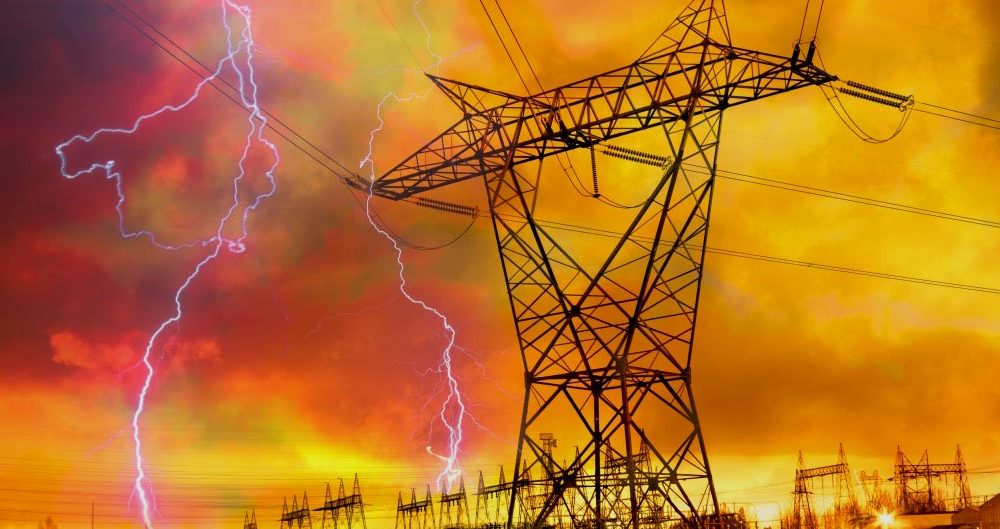Embedded Generation to ensure reliable power supply in India
By EPR Magazine Editorial September 8, 2017 5:50 pm IST
By EPR Magazine Editorial September 8, 2017 5:50 pm IST

“Embedded generation is a viable source of energy particularly in those areas which need emergency and uninterruptible power supply,” explains Anil Sardana, MD & CEO, Tata Power.
Booming population and economic leaps have increased the demand for electricity in India. Existing power grid systems are under pressure to meet the energy requirement, leading to an imbalance of supply, thereby affecting the consumers with load shedding and unbalanced voltage. Generating more power is the only solution to avoid these hiccups. Renewable energy is an excellent alternative means to scale up energy production. However, it’s time we turn the focus on developing smart or reliable grids and distribution networks, which will not only meet the demand but also ensure continuity and reliability of power, even in the case of a breakdown at the power plant. An excellent means to achieve uninterrupted and reliable power supply even in remotest parts of the country is through embedded generation.
In an emerging economy like India, reliable power supply in metros, towns, and villages, is pertinent for the flawless functioning and increased productivity of all its sectors. Globally, reliability of power, is known by 24X7 uninterrupted supply, spinning reserves, no need of inverters, no need of voltage stabilisers, low level of losses, isolation from external grid disturbances etc. It also gets demonstrated in terms of the confidence of financial institutions to set up offices, top hospitals, metros, local railways, high rise buildings, etc.
Embedded generation is the production of electricity from power stations that are directly connected to a Distribution Network, which carries electricity from the Transmission Network and embedded generators to homes and businesses. Referred to as Distributed Generation (DG) in some countries, it is creating new opportunities for increasing the diversity and efficiency of electricity supply across the world. Embedded generators can be categorised into three distinct categories based on size: Small, medium, and large. Transmission of electricity from a power plant roughly wastes 4.2 to 8.9 per cent of the power. This is due to aging of transmission equipment, inconsistent enforcement of reliability guidelines, and growing congestion. Moreover, other reasons such as poor switching operations in the network, voltage dips, interruptions, transients, and network disturbances from loads, also lead to poor power quality, with variations in voltage or electrical flow.
The Indian Scenario
India’s growth story will continue its constructive pace only if the entire country marches in unison. However, while the metros and Tier II and III towns are scaling a smart growth trajectory in most fields of development, the same is not true of rural areas, which is home to two-thirds of India’s population.
Some of the DG technologies, such as wind turbines, solar photovoltaic panels, and hydroelectric turbines, consume no fossil fuels, while others, such as fuel cells, microturbines, and some internal combustion units burn natural gas. The increasing diversity helps insulate the economy from price shocks, interruptions, and fuel shortages. Those using embedded generation can compare its benefits to the inefficiency of the existing large-scale electrical transmission and distribution network.
Embedded generation is a viable source of energy particularly in those areas which need emergency and uninterruptible power supply. However, to increase the number of these smart grids and realise its numerous benefits, there needs to be concerted and cooperative efforts, along with cooperation among electric system planners, operators, and industry groups; state, and local government agencies; equipment manufacturers; electricity consumers; and academic, research, and public interest organisations.
We use cookies to personalize your experience. By continuing to visit this website you agree to our Terms & Conditions, Privacy Policy and Cookie Policy.